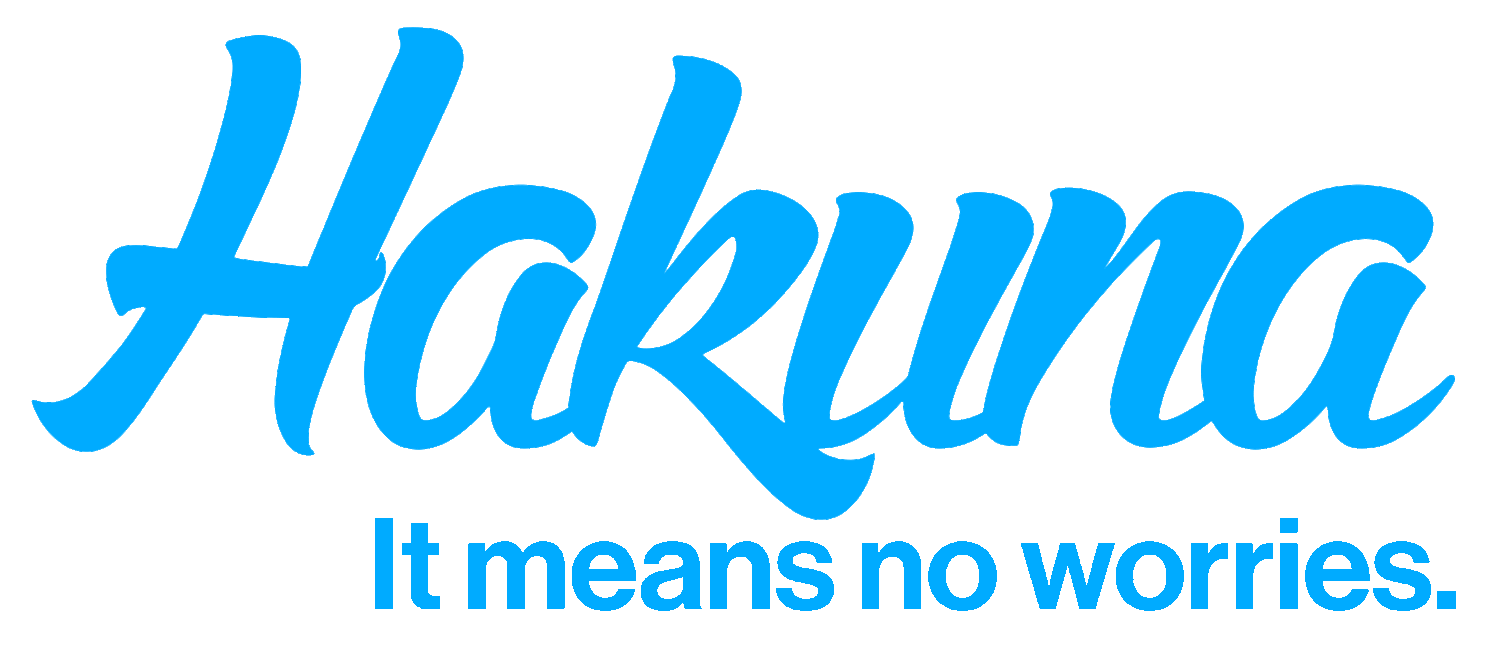How many people are involved with helping your loved one? Can you even count them on two hands, all the people that play some small role? Sometimes it seems the time you spend keeping everybody in the loop can outweigh the time you spend doing the things that actually matter for Mom or Dad.
Active communication is about making a conscious effort to share more information than you usually would in normal conversation. This is helpful in caring for a loved-one in two ways:
Shared information can lead to better care:
You often don’t know what you don’t know! When everybody is “sharing by default” you can learn helpful new things about your team, your loved one, or even about yourself!Shared information can save time and stress
When you don’t know who can tell you what you need to know, it can be stressful and a waste of time. When everybody is communicating actively, that information is more likely to be at hand when you need it.
Communication takes effort. This is a fact of life. However, there may be a few small things you can do to make it easier.
1) Remember that all those people are there because they want to help - even when they are stressing you out. Sometimes they just need a little help, to help!
If your brother is calling your cellphone too often, ask him if you can schedule a single daily call or share the information in another way at a time that works for you. If your sister is always there to help Mom with dinner, but you always have to call her to ask if Mom took her medication, perhaps you can ask her to make a record in a care log.
2) Make use of a care log to record important information:
Record things like new medications, and observations that may be useful to other helpers or the doctor (e.g., “Mom didn’t feel up to her daily walk, today”). Most professional care helpers will maintain a care log, too.
The care log could be a physical book kept at your loved-one’s place of residence, or a virtual care log using one of the tools available online. One example of a useful online care log is CaringBridge, which is used by more than half a million people every day.
3) Find a way to share small things quickly:
A care log is good for records, but you might also find a way to share small things with the group quickly and easily. Phone calls will eventually get the job done but with the prevalence of smartphones, a group chat application can make things quick and very smooth.
For example, all Hakuna caregivers are equipped with new iPhones and use a group-messaging app to coordinate with families and with each other. This takes out a lot of stress for families. Does Mom need a reminder about a new medication? Need to add something to the grocery list? Add it to the group chat and it will get done! At Hakuna we sometimes even schedule caregivers through the group-chat app – a Hakuna staff member monitors every group chat.
4) Encourage people to be “active” communicators:
The tools can help a lot, but it still comes down to the information people share. At Hakuna, active communication is one of our core values. You can encourage others to do so, too. Encourage people to think about what else they could share. Ask, “What information would others need? Can I help them with that?”
In summary, active communication is more like a habit than a task. Helping your helpers to be active communicators can take a load of hassle off your shoulders. It really is easy for others to do, especially when you make use of some handy tools such as smartphone group-chat and online care logs.
Photo Credit: "Grandma" by Rob Boudon is licensed under CC BY 2.0

